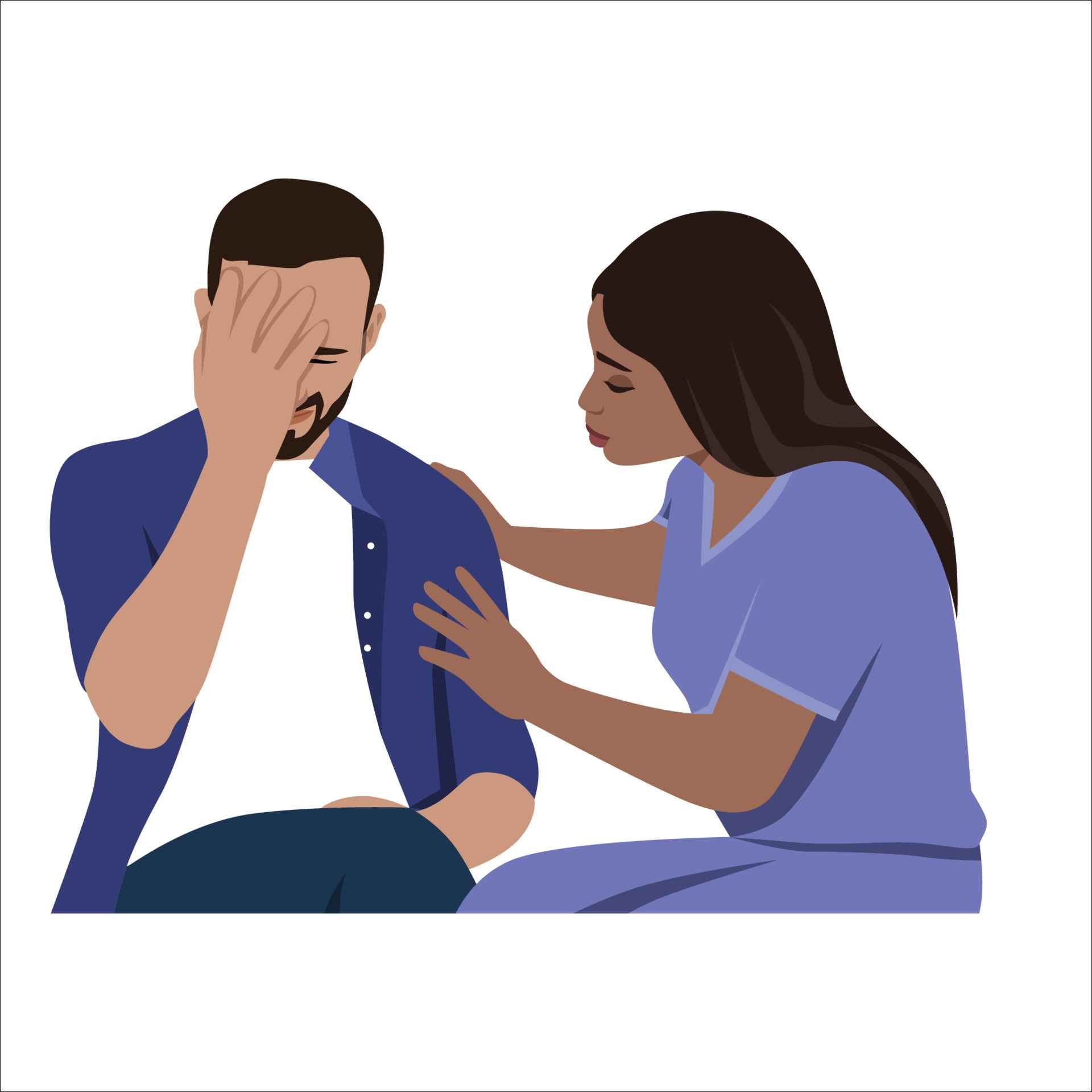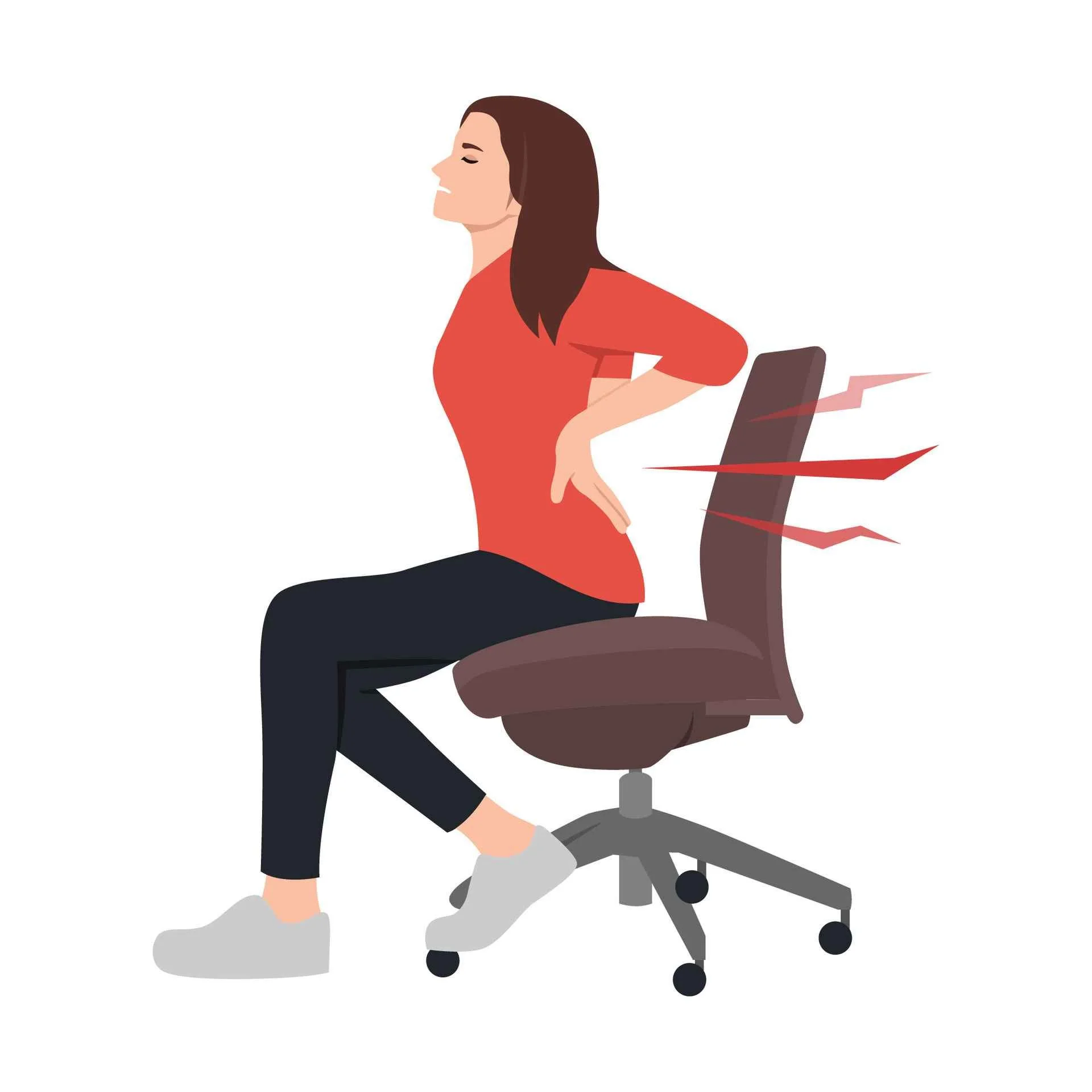ICD-10 for Chronic Back Pain: A Complete Guide
ICD-10 for Chronic Back Pain
ICD-10 Chronic Back Pain refers to a specific diagnostic code within the International Classification of Diseases, 10th Edition, is a prevalent and incapacitating health condition that affects many individuals worldwide. This guide aims to provide a comprehensive overview of chronic back pain, from understanding its causes and symptoms to exploring various treatments and preventive measures.
Understanding Chronic Back Pain: An Overview
Chronic back pain is a persistent discomfort in the back that lasts for a minimum of three months. Unlike acute pain, which usually stems from an apparent injury or strain and resolves in a few weeks, chronic back pain can persist and often resurface, causing frustration and disrupting daily tasks.
The intensity of chronic back pain can vary, from a dull, constant ache to a sudden, sharp, or shooting sensation. It can also be accompanied by other symptoms such as numbness or tingling in the limbs, weakness, or problems with bladder or bowel control.
ICD-10 for Chronic Back Pain
The Role of ICD-10 in Chronic Back Pain Diagnosis
The International Classification of Diseases (ICD) is a globally recognized standard diagnostic tool for health management and clinical purposes. It comprises a detailed description of a wide array of health conditions, including chronic back pain. Under the ICD-10 classification, chronic back pain is coded according to its location, cause, and other related factors, providing a standardized language for health professionals worldwide to communicate about the condition.
Pinpointing the Causes of Chronic Back Pain
Several factors can contribute to the onset of chronic back pain. Some of these are age-related, while others can result from specific incidents or conditions. Here are some of the common causes:
1. Age-Related Factors
As we age, our bodies naturally undergo wear and tear, and our spinal health is no exception. Conditions such as arthritis of the spine, spinal stenosis (narrowing of the spinal canal), osteoporosis (porous, brittle bones), and disc problems like herniated or bulging discs are common age-related causes of chronic back pain.
2. Injury or Strain
An injury to the back, such as from a fall, accident, or lifting something heavy, can lead to persistent back pain. Straining the muscles or ligaments in the back, often due to poor posture or repetitive movements, can also cause lasting discomfort.
3. Systemic or Rheumatic Illness
Certain systemic or rheumatic diseases, such as ankylosing spondylitis or osteoarthritis, can result in chronic back pain. These conditions cause inflammation in the joints, including those in the spine, leading to pain and stiffness.
4. Lifestyle and Psychological Factors
Lifestyle factors like lack of exercise, obesity, smoking, and jobs requiring heavy lifting or long periods of sitting can contribute to chronic back pain. Psychological conditions such as depression, anxiety, and stress can also influence the perception and severity of back pain.
Recognizing the Symptoms of Chronic Back Pain
The symptoms of chronic pain can vary widely, depending on the cause and the individual's condition. Here are some common symptoms:
1. Persistent Pain
The most obvious symptom is a constant or recurring pain in the back. The pain can be localized to a specific area or spread across a wider region. It can be a dull ache, a sharp or stabbing pain, or a burning sensation.
2. Radiating Pain
In some cases, the pain may extend from the back to other parts of the body, such as the hips, legs, or feet. This is often a sign of nerve irritation or damage.
3. Stiffness and Soreness
People with chronic back pain may also experience stiffness in the back, particularly in the morning or after periods of inactivity. There might also be a general soreness in the back, which can be exacerbated by certain movements or positions.
4. Numbness or Tingling
If the chronic back pain is due to nerve involvement, there may be sensations of numbness, tingling, or weakness in the limbs. This can be accompanied by a reduced range of motion or difficulty in performing certain tasks.
When to Seek Medical Attention
While occasional back pain is common and can often be managed at home, certain signs indicate that it's time to seek medical attention. If your back pain:
Lasts longer than a few weeks
Is severe and doesn't improve with rest
Spreads down one or both legs, especially if the pain extends below the knee
Causes weakness, numbness, or tingling in one or both legs
Is accompanied by unexplained weight loss
Is paired with problems with bowel or bladder control
Is accompanied by a fever
Follows a fall, accident, or injury
In such cases, it's important to consult a healthcare professional who can provide a proper diagnosis and treatment plan.
Diagnosing Chronic Back Pain
The diagnosis of chronic back pain typically involves a careful review of your medical history, a physical examination, and possibly imaging tests like X-rays, CT scans, or MRIs. These assessments help the doctor identify the source of the pain and any underlying conditions causing it.
The ICD-10 classification is instrumental in this process, as it provides a standardized way to categorize and communicate the precise nature of the back pain, aiding in diagnosis and treatment planning.
Treating Chronic Back Pain
The treatment of chronic back pain depends on the underlying cause, the severity of the pain, and the individual's overall health. Here are some common treatments:
1. Pain Relievers
Over-the-counter pain relievers like aspirin, acetaminophen, and nonsteroidal anti-inflammatory drugs (NSAIDs) are often the first line of treatment for back pain. For severe pain, your doctor may prescribe stronger pain medications.
2. Physical Therapy
Physical therapy can be very beneficial for chronic back pain. Therapists can teach you exercises to strengthen your back and abdominal muscles, improve your flexibility, and enhance your posture, all of which can help alleviate back pain.
3. Injections
In some cases, doctors might recommend injections of anesthetics or steroids to alleviate back pain. These injections can help reduce inflammation and provide temporary relief from pain.
4. Surgery
Surgery is usually considered as a last resort when other treatments have failed, or if there's a specific condition causing the back pain that can be corrected surgically, such as a herniated disc or spinal stenosis.
Prevention and Care for Chronic Back Pain
Preventing chronic back pain involves maintaining a healthy lifestyle and taking steps to protect your back. Here are some recommendations:
1. Regular Exercise
Regular low-impact aerobic activities like walking, swimming, or cycling can increase strength and endurance in your back, allowing your muscles to function better. Strengthening your core (the muscles in your lower back and abdomen) can also help support your spine and prevent back pain.
2. Maintain a Healthy Weight
Being overweight puts extra strain on your back, increasing the risk of back pain. Maintaining a healthy weight through a balanced diet and regular exercise can help prevent back pain.
3. Quit Smoking
Smoking can restrict blood flow to the discs in your spine, leading to degeneration and increased risk of back pain. Quitting smoking can improve the health of your spine and reduce your risk of back pain.
The Journey towards a Pain-free Life
Living with chronic back pain can be challenging, but with the right treatment and care, it's possible to manage the condition and lead a full, active life. If you're suffering from chronic back pain, don't hesitate to seek help. Remember, you're not alone, and there are resources and treatments available to help you navigate this journey. By understanding the causes, symptoms, and treatment options for chronic back pain, you're taking an important step towards finding relief and improving your quality of life.
Check out our other posts and our book recommendations to learn more!
The Chronic Pain Blog 💗
DISCLAIMER: INFORMATION PROVIDED VIA OUR CONTENT (VIDEOS, AUDIOS, BLOGS, PDFS, POSTS AND OR COMMENTS) ARE FOR GENERAL INFORMATION PURPOSES ONLY AND NOTHING PUBLISHED CONSTITUTES ADVICE UPON WHICH YOU SHOULD RELY. WE DO NOT ACCEPT LIABILITY UNDER ANY CIRCUMSTANCES AND ARE NOT RESPONSIBLE FOR THE CONTENT OR ACCURACY, OR FOR ANY OPINIONS, VIEWS OR VALUES EXPRESSED IN ANY VIDEOS, BLOGS, POSTS AND OR COMMENTS SUBMITTED BY USERS AND THOSE REMAIN SOLELY THE OPINIONS, VIEWS AND OR VALUES OF THE RELEVANT USER.
Sources:
National Institute of Neurological Disorders and Stroke (2023). Back Pain | National Institute of Neurological Disorders and Stroke. [online] www.ninds.nih.gov.
Nava, A.M. (2019). 7 Ways to Treat Chronic Back Pain without Surgery. [online] Johns Hopkins Medicine.
University of Maryland Medical System (n.d.). 8 Signs That It’s Time to Call a Doctor for Your Back Pain. [online] www.umms.org.







